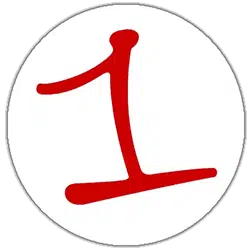Before there were high-tech options to attempt to predict the winter ahead, people had to rely on the things around them in nature to be able to see what the season ahead may look like.
They used different things that many would view as folklore now.
Sweet Gum Trees:
Some people use Sweet Gum Trees, saying if the leaves change before Oct. 31 then winter could be more mild. If it stays green past this point, there may be colder days to come.
Hedge Apples:
Usually fruit that looks larger shows a harsher winter ahead, but smaller fruit shows signs for a more mild winter.
Walnuts:
Old wives tales say when large amounts of walnuts fall, that means a frigid and snowy winter.
Thin shells mean more normal temperatures, while thick shells mean colder temperatures.
Woolly Worms:
Some people believe counting the bands on a Woolly Worm can predict the winter ahead.
The 13 bands represent the 13 weeks that make up winter, and some believe if there are more brown bands winter won’t be so harsh.
When there’s an extra brown ring near the worm’s head, that’s a sign of a bad winter.
Squirrel Nests:
Squirrels build their nests for winter, and if the winter is bad they tend to build them higher up into the trees.
If there are nests high in the trees, the squirrels plan to spend a lot of time in there to beat the snow and cold.
Are these predictions scientific guarantees?
Probably not, but the tricks have been around since before weather forecasters existed and Native Americans and Pioneers looked to nature for signs of the winter ahead.

